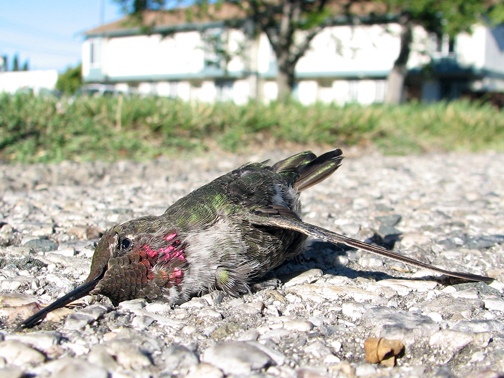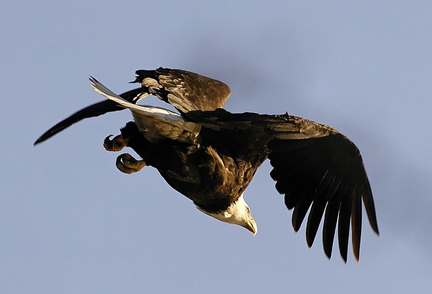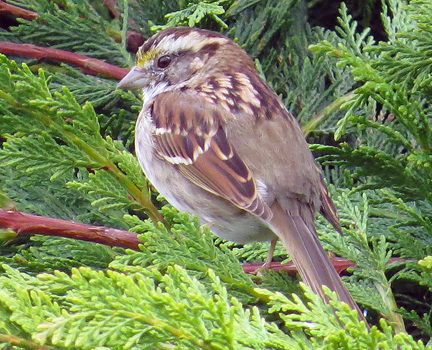Tonight, at 8:30 p.m., many people, businesses and institutions here on the eco-friendly south coast will be turning out the lights.
We’re taking part in Earth Hour, an international grassroots event started by former-Pearson International College graduate Todd Sampson and now hosted by the World Wildlife Federation. The goal is to celebrate our commitment to the planet by cutting energy consumption for an hour, raising awareness of our own, individual impacts on the environment, and sending a message to policy makers.
The event’s success in attracting participation is astounding. Since its start in 2007, the event has spread from Sydney, Australia, to more than 7,000 towns and cities in 153 countries. San Francisco’s Golden Gate Bridge, New York City’s Empire State Building, Seattle’s Space Needle, Ontario’s Niagara Falls and CN Tower, and our own B.C. Legislature will go dark for Earth Hour tonight—among hundreds of landmarks around the world.
The global nature of the event means a wave of more-dimness-than-usual will circle the planet, time zone by time zone.
In a way, it’s too bad the direction of the wave of darkness doesn’t run, say, from the equator to the planet’s poles. Oh, I get the circle-the-globe thing, but supposing it were possible for the wave to go from zero degrees latitude northwards, for instance, another emblem of the global web of ecological connectedness would also benefit from the resulting path of reduced lighting.
That emblem is the songbird….
Reach the rest of this editorial at the Victoria Times Colonist….



